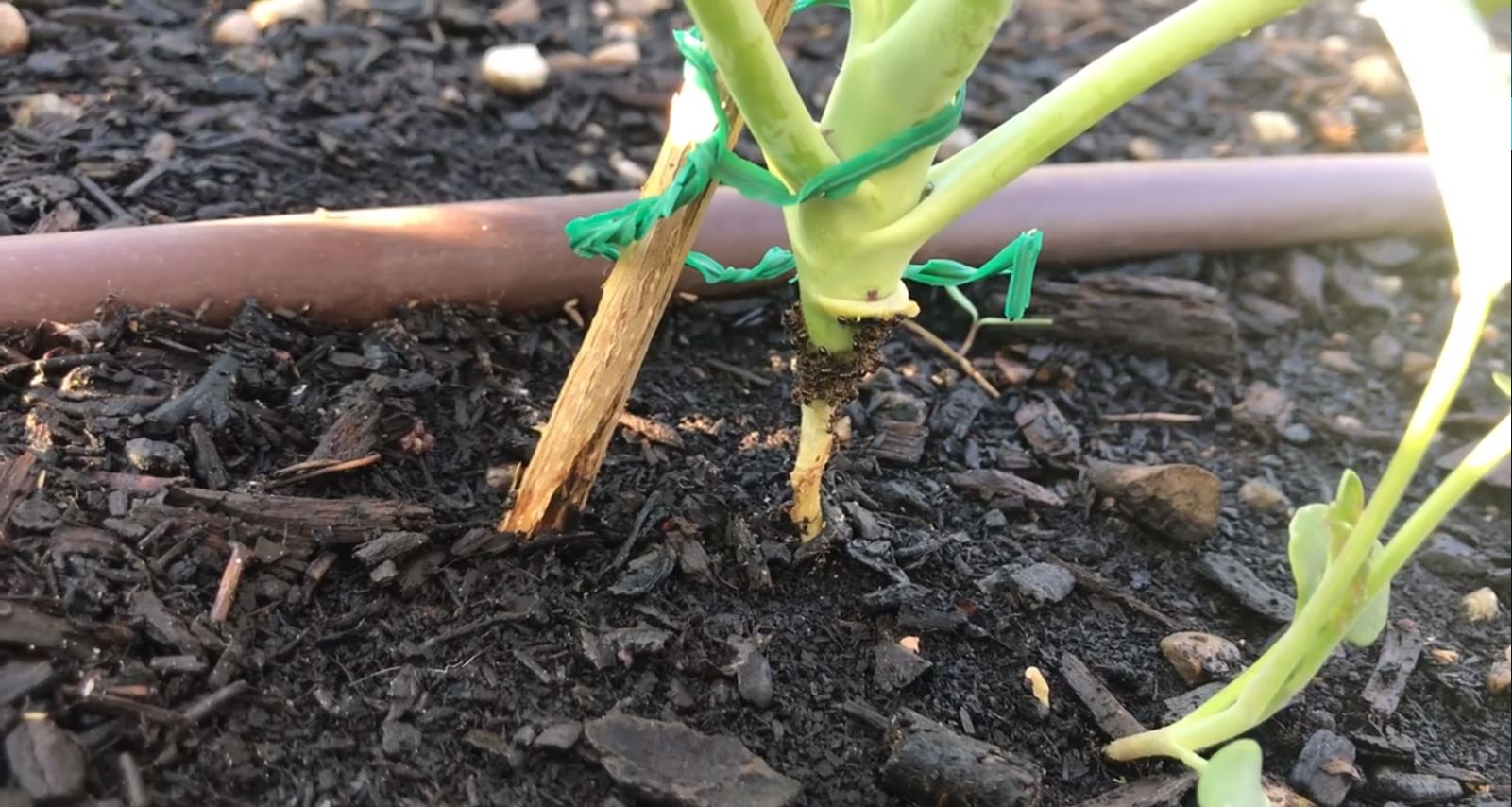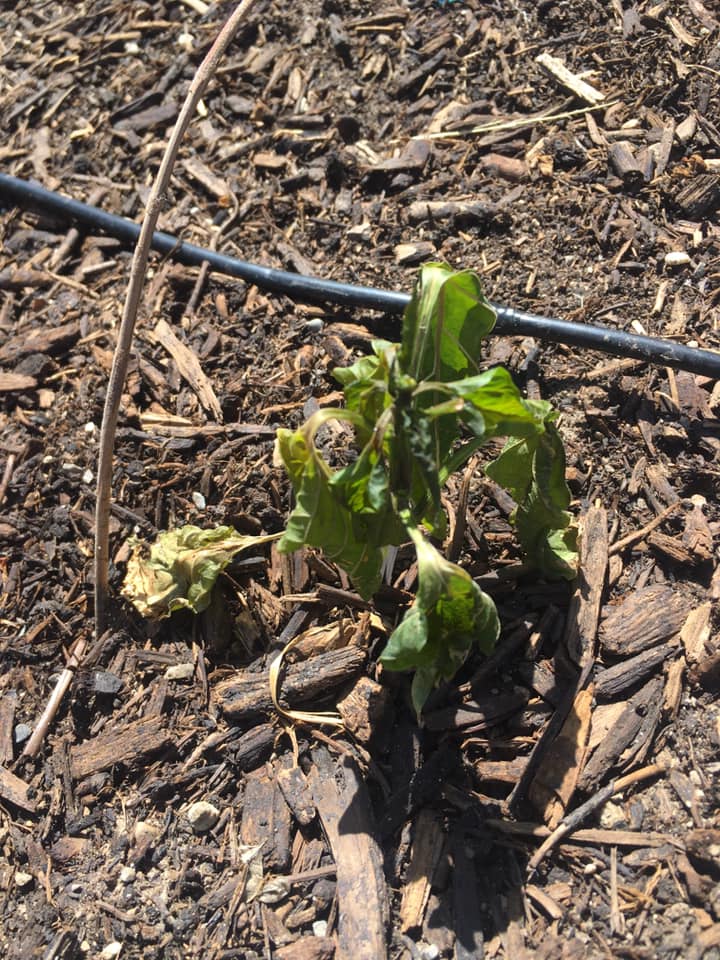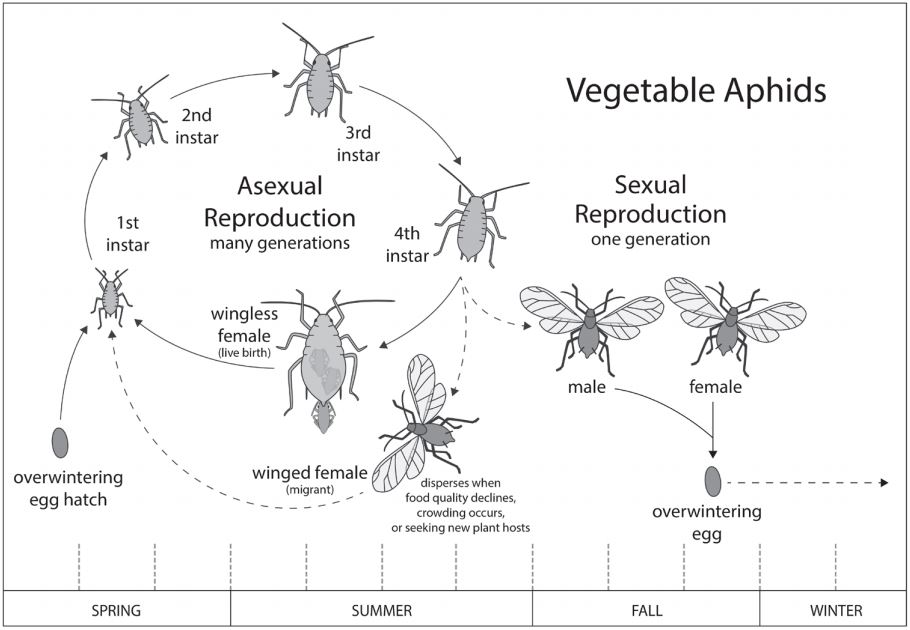Printable PDF
In This Issue
- Ants in the Garden
- Cold Damage vs Disease
- Aphid Movement in the Landscape
Ants in the Garden
A lot of homeowners are noticing ants in their vegetable gardens. There are around 160 ant species in Utah. However, they are not considered a regular pest to vegetable production. Ants seen in the garden are typically an indicator of other pests such as aphids or scale. Aphids produce an excretion called honeydew which is a sugary, sticky substance that ants gather and bring back to their colonies. In rare instances, ants may seek their sugar sources in young seedlings or other plant phloem tissues where sugar is transported. If ants are becoming a nuisance in the garden setting, bait stations such as Antopia R6 may be used along with Green Way Liquid Ant Killing Bait.

Cold Damage vs Disease
As gardeners get anxious for the summer growing season, they may plant their vegetables outside only to notice die-back, discoloration, and wilting a few days later. Many cold injuries may appear similar to plant disease symptoms, so it is important to understand the cause before taking control action. When discerning the problem, understand your plant’s growth requirements. Many vegetable crops are temperature sensitive, check out the Utah Climate Center and the Wasatch Front Vegetable Chart for average frost dates and planting times in your area. Also, contact your local county extension agent for further questions on planting. Fungi that cause plant disease too typically require specific temperatures for infection and spread. Be sure to note: insects that vector viral plant diseases only transmit viruses at certain life stages and times throughout the growing season.

Aphid Movement in the Landscape
Aphid species have a complex life cycle. In Utah, most species overwinter as eggs and emerge in the spring (70-81°F) as wingless females that reproduce parthenogenetically. When a host becomes too crowded, winged females will appear and fly to a new host to parthenogenetically reproduce more generations. Near the end of the summer, as daylight and temperatures decrease, both males and females are produced. These aphids mate, then the female will lay eggs on the winter hosts. An aphid can complete a generation as quickly as 1 week. A female can produce up to 12 nymphs per day, totaling 50-100 offspring. View our fact sheet Aphid Pests on Vegetables for further information on specific aphid species and their primary and secondary host plants and how you can effectively monitor their movement this spring.

